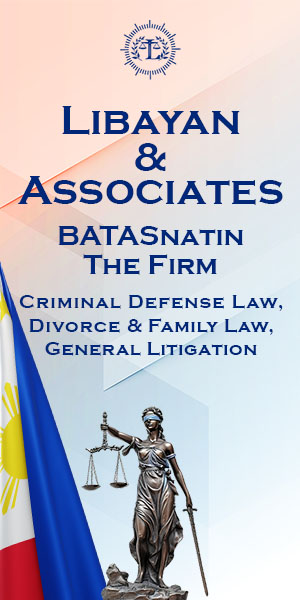VILLANUEVA VS. VELASCO- Legal Easement
A legal easement is one mandated by law, constituted for public use or for private interest and becomes a continuing property right unless its removal is provided for in a title of conveyance or the sign of the easement is removed before the execution of the conveyance; Essential requisites for an easement to be compulsory are: (1) the dominant estate is surrounded by other immovables and has no adequate outlet to a public highway; (2) proper indemnity has been paid; (3) the isolation was not due to acts of the proprietor of the dominant estate; (4) the right of way claimed is at point least prejudicial to the servient estate; and (5) to the extent consistent with the foregoing rule, where the distance from the dominant estate to a public highway may be the shortest.
FACTS:
Petitioner Bryan Villanueva bought a parcel of land in QC from Pacific Banking Corporation which it acquired from the spouses Maximo and Justina Gabriel. When he bought it, there was a small house on its southeastern portion. It occupies one meter of two meter wide easement of right of way the Gabriel spouses granted to Espinolas, predecessors-in-interest of the private respondents, in a contract of easement of right of way. Amongst others, the contract provides that the easement’s purpose is to have an outlet to Tandang Sora which is the nearest public road and the least burdensome (Espinolas’s property being the dominant estate and Gabriel spouses’s as the servient estate.) It was also provided in the contract that the easement “shall be binding to the successors, assigns without prejudice in cases of sale of subject property that will warrant the circumstances.”
The private respondents were able to acquire a writ of demolition on the house obstructing the easement against the Spouses Gabriel. The petitioner filed a third party claim with prayer to quash the writ saying that he was not made a party to the civil case and that the writ of demolition should not prosper since the easement which is meant to protect was not annotated in the petitioner’s title.
CA ruled in favor of the private respondents saying that the easement exists even though it was not annotated in the torrens title because servitudes are inseparable from the estate to which they actively or passively belong. And that Villanueva is bound by the contact of easement, not only as a voluntary easement but as a legal easement.
ISSUE:
Whether or not the easement on the property binds petitioner?
RULING:
YES. A legal easement is mandated by law, and continues to exists unless its removal is provided for in a title of conveyance or the sign of the easement is removed before the execution of the conveyance conformably with Art 647 in accordance with Article 617 of the Civil Code.
Essential requisites for an easement to be compulsory are: (1) the dominant estate is surrounded by other immovables and has no adequate outlet to a public highway; (2) proper indemnity has been paid; (3) the isolation was not due to acts of the proprietor of the dominant estate; (4) the right of way claimed is at point least prejudicial to the servient estate; and (5) to the extent consistent with the foregoing rule, where the distance from the dominant estate to a public highway may be the shortest.
The existence of the easement has been established by the lower courts and the same has become conclusive to the SC. The small house occupying one meter of the two-meter wide easement obstructs the entry of private respondent’s cement mixer and motor vehicle (no mention of what kind.) Accordingly, the petitioner has to demolish the house to make way for the easement.



 Spotify
Spotify  iTunes
iTunes  AppleMusic
AppleMusic  YouTube
YouTube 


